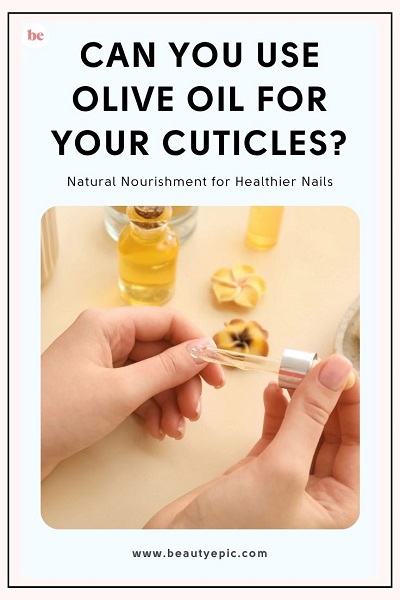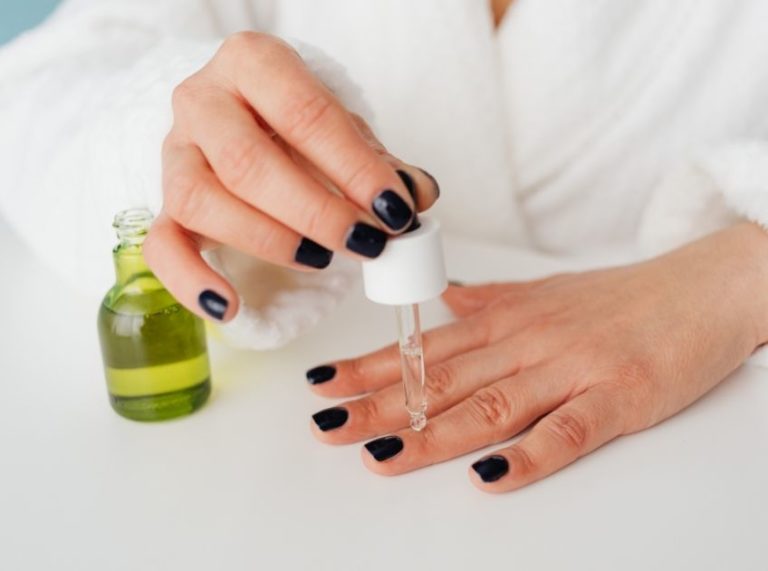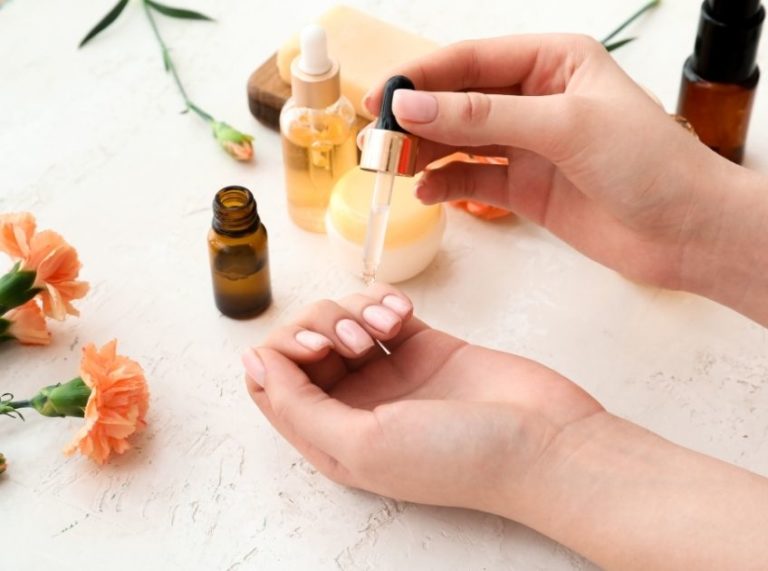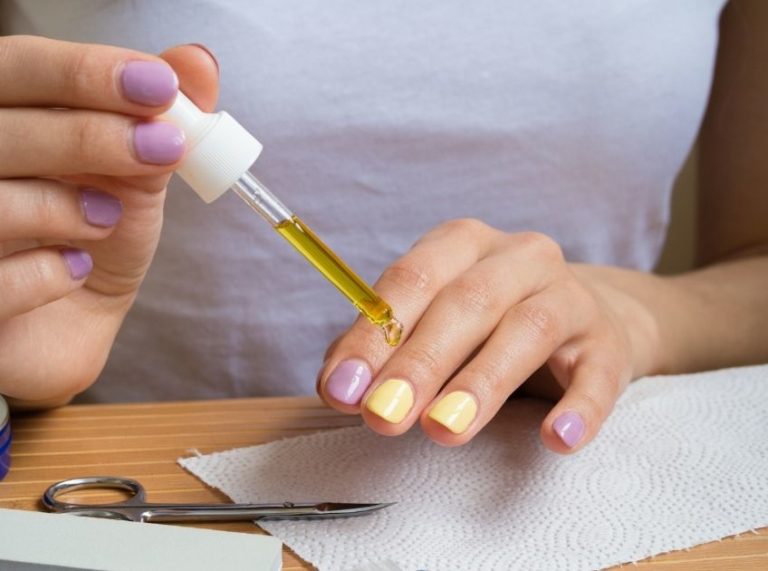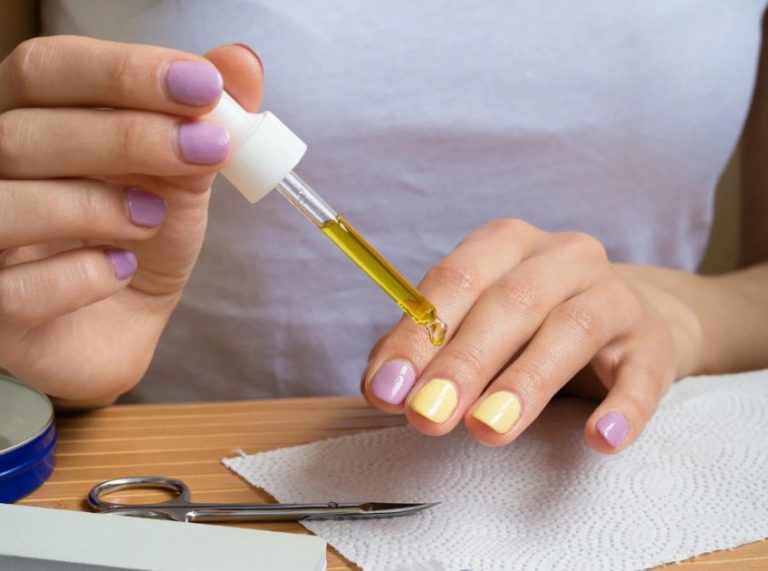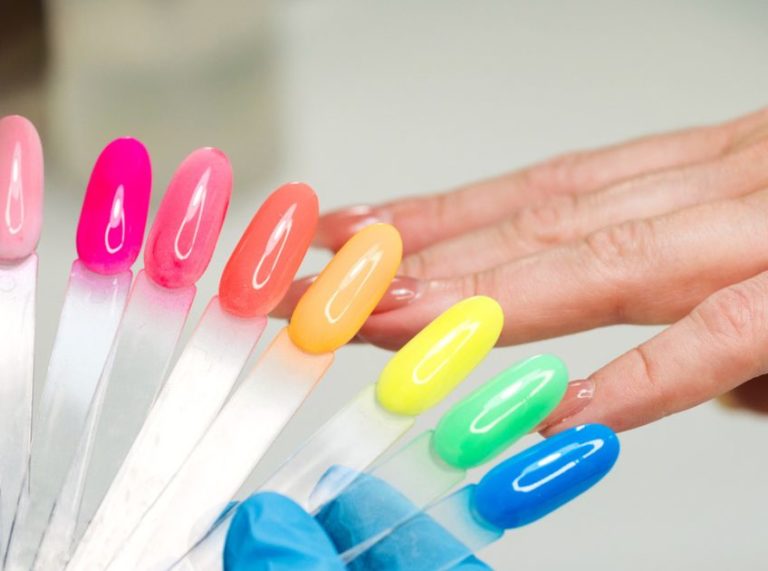
Important: This article is for informational purposes only. Please read our full disclaimer for more details.
Your cuticles are more than just a sliver of skin at the base of your nails—they’re your nails’ first line of defense. Dry, cracked, or inflamed cuticles can lead to painful hangnails, infections, and even slower nail growth. If you’ve heard that olive oil might be a natural remedy, you’re not alone.
In this post, we’ll break down the real benefits of olive oil for cuticles, how to use it properly, and whether science supports this natural beauty hack.
Why Your Cuticles Deserve Attention
Cuticles act as a seal between the nail plate and the surrounding skin, preventing bacteria and debris from entering the nail bed. However, they’re often overlooked in our beauty routines and can become dry due to harsh soaps, acetone-based removers, or cold weather.
Using oils—especially those rich in fatty acids—can soften, protect, and repair cuticle damage, making your nails look healthier and grow stronger.
What Makes Olive Oil a Star for Skin and Nails?
Olive oil is rich in monounsaturated fatty acids, particularly oleic acid, as well as vitamin E and squalene (1) —all of which help restore skin barrier function and retain moisture.
- Vitamin E: A potent antioxidant that supports skin repair
- Oleic Acid: Improves skin permeability and delivers nutrients deep into the cuticle
- Squalene: Mimics the skin’s natural oils, helping prevent dryness and cracking
According to a 2010 study in the International Journal of Molecular Sciences, topical olive oil has moisturizing and anti-inflammatory effects, making it suitable for treating dry, damaged skin, including the delicate cuticle area (2) (3).
Another 2017 study published in Dermatitis found that emollient-rich oils like olive oil can significantly reduce transepidermal water loss (TEWL), which is essential for keeping cuticles supple and protected (4).
Benefits of Olive Oil for Cuticle Care
Here’s how olive oil helps your cuticles and nail health:
- Deep Moisturization: Olive oil penetrates the skin, hydrating dry, rough cuticles.
- Soothes Inflammation: Ideal for irritated or red cuticle areas caused by biting, picking, or cold weather.
- Strengthens Nail Beds: Regular use supports healthier nail growth by improving circulation and flexibility in the nail plate.
- Improves Nail Appearance: Softened cuticles create a cleaner, neater look for polished or natural nails.
How to Use Olive Oil on Your Cuticles (Expert Method)
Treating your cuticles with olive oil is a luxurious yet simple routine you can do at home. Here’s how to turn it into a nourishing self-care ritual that improves nail health over time:
Step 1: Select the Right Olive Oil
Start by choosing a high-quality, cold-pressed extra virgin olive oil. This type retains the maximum number of antioxidants, vitamins, and essential fatty acids. Avoid refined or “light” olive oils, which are stripped of many skin-loving compounds.
Expert Tip: Look for oils stored in dark glass bottles and labeled “organic” or “unfiltered” to ensure potency.
Step 2: Warm the Oil for Better Absorption
Pour 1–2 teaspoons of olive oil into a small bowl. Warm it gently by placing the bowl in a larger bowl of hot water for 1–2 minutes. The oil should reach body temperature (around 98°F/37°C)—warm but not hot to the touch.
Warming the oil helps open pores and improves skin permeability, allowing deeper penetration into your cuticle layers.
Sensory Note: You’ll notice a silky texture and a mild, pleasant herbal scent as the oil warms.
Step 3: Apply with Care
Dip each fingertip into the bowl or use a clean cotton swab or dropper to apply a few drops of the warm oil directly onto the base of each nail.
Gently glide the oil over your cuticles using light, circular motions, ensuring the entire nail bed and surrounding skin are coated.
Why It Works: Massaging increases blood circulation around the nails, encouraging better nutrient delivery and potential growth support.
Step 4: Massage and Let It Absorb
Massage the oil into each nail and cuticle area for 3 to 5 minutes. Take your time—this isn’t just about absorption; it’s about stimulating the nail matrix, which lies just beneath your cuticles.
After the massage, leave the oil on for at least 30 minutes, or ideally, overnight for deeper hydration.
Optional Spa Boost: For overnight use, wear soft cotton gloves or mittens to seal in moisture and prevent smudging oil on sheets. Your hands will feel incredibly soft by morning.
Step 5: Customize Your Cuticle Treatment
To elevate the experience, combine olive oil with these nourishing ingredients:
- Vitamin E oil: Add a few drops to intensify antioxidant protection and repair damaged skin.
- Honey: A humectant that locks in moisture and soothes inflamed skin.
- Essential oils (like lavender or tea tree): Offer added calming or antimicrobial benefits.
DIY Mix Example:
1 tsp olive oil + 3 drops vitamin E oil + 1 drop lavender essential oil
Mix well and apply as above.
Consistency is Key:
Repeat this treatment 2–3 times a week for dry cuticles or daily if you frequently wash hands, use nail polish remover, or work in drying environments. Over time, you’ll notice smoother cuticles, stronger nails, and fewer hangnails or peeling.
Who Should Use Olive Oil for Cuticles?
- Best For: Dry, cracked, or peeling cuticles
- Safe For: Sensitive skin (patch test first), brittle nails, and after gel/acrylic removal
- Avoid if: You have an olive allergy or very oily skin on your hands
It’s a safe and affordable remedy suitable for most people, especially those who prefer natural alternatives.
Are There Any Drawbacks?
Olive oil is generally safe, but here are a few considerations:
- Not fast-absorbing: It can feel greasy, so avoid applying it before activities that require dry hands.
- Not a cure for infections: If you have inflamed or pus-filled cuticles, olive oil won’t treat bacterial infections—consult a doctor.
- Oxidation risk: Store olive oil in a cool, dark place to prevent it from turning rancid, which may irritate skin.
Frequently Asked Questions (FAQ’S)
Q1: Can I use olive oil on my cuticles every day?
A. Yes, daily application can help maintain healthy, hydrated cuticles. Nighttime use is ideal to avoid greasiness.
Q2: Is olive oil better than cuticle creams?
A. Olive oil is a natural alternative that rivals many store-bought cuticle creams, especially when enhanced with vitamin E or essential oils.
Q3: Can I use olive oil if I have gel or acrylic nails?
A. Yes, applying olive oil can help restore moisture to your natural nail and cuticle area, which often becomes dehydrated after gel or acrylic applications.
Final Thoughts: Should You Try Olive Oil on Your Cuticles?
Absolutely. Olive oil is not just a kitchen staple—it’s a cuticle care powerhouse. Backed by science and trusted in beauty traditions for centuries, it’s a simple, effective way to nourish and protect the delicate skin around your nails.
Whether you’re dealing with winter dryness, frequent manicures, or just want healthier-looking hands, a few drops of olive oil can go a long way. And the best part? It’s affordable, natural, and likely already in your pantry.
